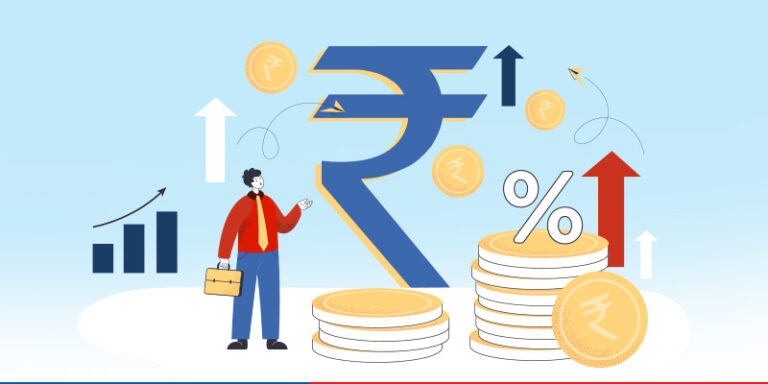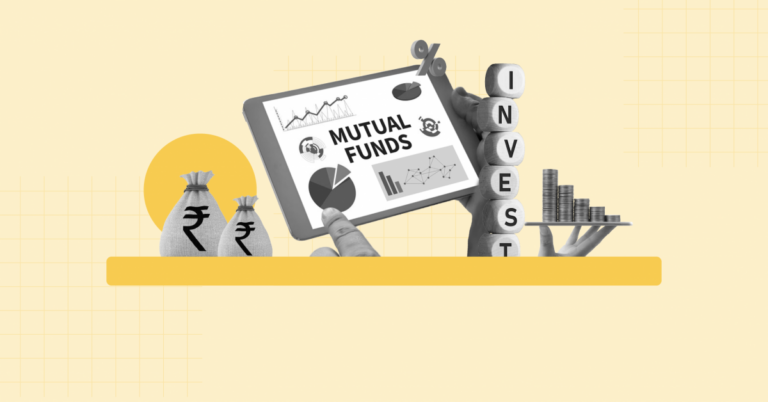Boost your content, SEO, design, security, and insights — no coding required.
The internet waits for no one — especially in 2025. Whether you’re a solo blogger, a small business owner, or a digital marketer, your website isn’t just a URL — it’s your online identity. And in today’s fast-paced digital world, leveraging AI tools is no longer a nice-to-have; it’s essential.
From writing content and optimizing SEO to securing your site and understanding your users, AI is reshaping the way we build and grow online platforms. Let’s explore five powerful AI tools that can take your website to the next level — no tech degree needed.
1. Jasper – AI-Powered Content Creation at Scale
Creating great content consistently is a major challenge. Enter Jasper, your AI writing co-pilot. In 2025, it’s not just a content generator — it adapts to your brand tone and writes everything from blogs and landing pages to product descriptions.
Why it matters: Jasper saves hours by producing first drafts in minutes. I’ve used it to generate a polished 500-word blog on “AI Trends” in under 10 minutes.
Highlights:
-
Ready-to-use templates for blog posts, ads, and emails
-
Custom tone of voice and writing style
-
WordPress integration for direct publishing
🧠 Pro Tip: Start with a prompt like “Write a short blog on digital marketing trends” and personalize the output with your perspective.
2. RankMath – Smarter SEO, Automatically
If Google can’t find you, no one can. RankMath is a game-changing SEO plugin for WordPress that now uses AI to fine-tune your content in real-time — from keyword density to readability.
Why it matters: It doesn’t just suggest improvements — it automates them. I saw a blog post jump from page 3 to page 1 after using RankMath’s optimization tools.
Highlights:
-
Real-time AI keyword and SEO analysis
-
Content scoring and improvement suggestions
-
Schema markup for higher click-through rates
🧠 Pro Tip: Sync with Google Search Console for real-time insights and SEO tracking.
3. Canva Pro (AI Features) – Design That Thinks With You
Design matters. And if you’re not a designer, Canva Pro’s AI tools make it easy to create stunning visuals for your site. Whether you need a banner, blog header, or social post, Canva has your back.
Why it matters: Canva’s Magic Design tool can turn a sketch into a professional graphic in seconds. Perfect for blogs, landing pages, or product showcases.
Highlights:
-
AI-powered layout and color suggestions
-
One-click background remover for clean visuals
-
Auto-resize for mobile and desktop layouts
🧠 Pro Tip: Use it to create custom thumbnails — good design can boost your click-through rates significantly.
4. MalCare – AI Security That Never Sleeps
A secure website is non-negotiable. MalCare is an AI-driven security solution for WordPress that detects and blocks threats before they strike — no slowdown, no drama.
Why it matters: MalCare recently saved a client site of mine from a brute-force attack — automatically. It’s peace of mind on autopilot.
Highlights:
-
24/7 malware scanning and real-time protection
-
Predictive threat detection powered by machine learning
-
One-click malware removal and firewall management
🧠 Pro Tip: Combine MalCare with regular backups and auto-updates for a fully secured setup.
5. Hotjar (AI Insights) – Smarter UX With Every Click
Knowing how visitors interact with your website is crucial. Hotjar’s AI-enhanced tools give you deep behavioral insights — from heatmaps to AI-analyzed survey feedback.
Why it matters: Hotjar helped me realize users were dropping off early on a blog post. After tweaking the intro (thanks to AI suggestions), bounce rates dropped 15%.
Highlights:
-
Heatmaps to visualize user engagement
-
Session recordings to study user behavior
-
AI feedback summaries from polls and forms
🧠 Pro Tip: Start with your homepage and use Hotjar insights to improve user flow and reduce bounce.
💡 Combine These Tools for Maximum Impact
Here’s a simple yet powerful workflow:
🔹 Content: Create with Jasper
🔹 SEO: Optimize with RankMath
🔹 Design: Polish with Canva Pro
🔹 Security: Lock down with MalCare
🔹 Analytics: Analyze with Hotjar
When used together, these tools turn your website into a high-performance machine — saving you time and delivering better results.
🚀 Why 2025 Is the Year to Embrace AI
AI isn’t replacing web creators — it’s empowering them. According to recent data, over 60% of online businesses will adopt AI tools for at least one core function in 2025. These tools are intuitive, powerful, and designed to give small players a competitive edge.
🎯 Final Thought: Start Small, Win Big
You don’t need to jump in all at once. Pick the tool that solves your biggest pain point — whether that’s content, design, or SEO — and master it. For me, Jasper was the gateway. Once I saw the results, expanding to other tools felt natural.
💬 Your turn: Which of these tools will you try first? Start today — your future website will thank you.









